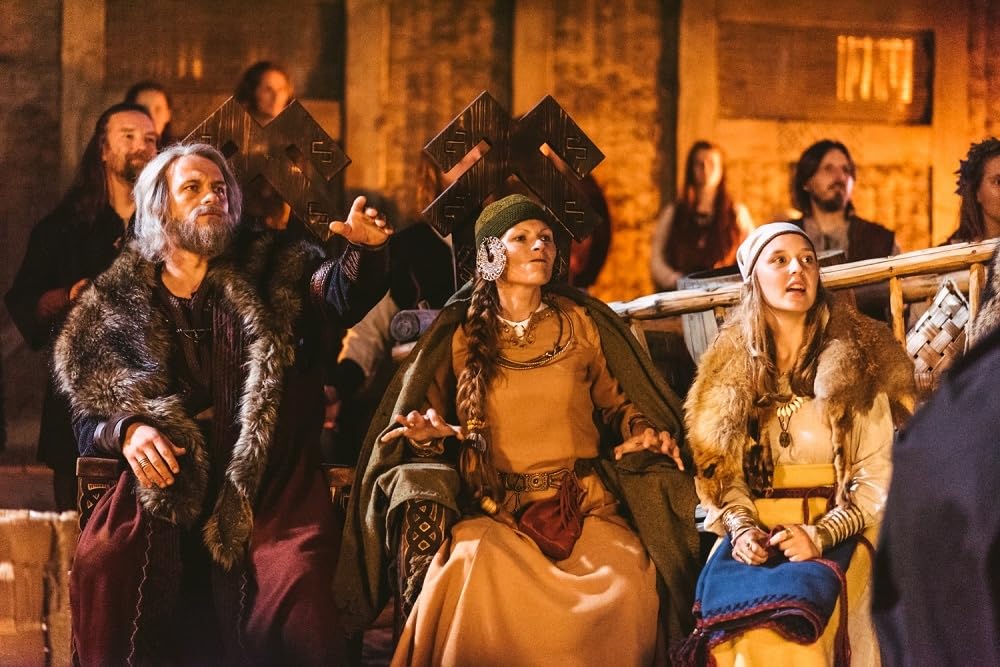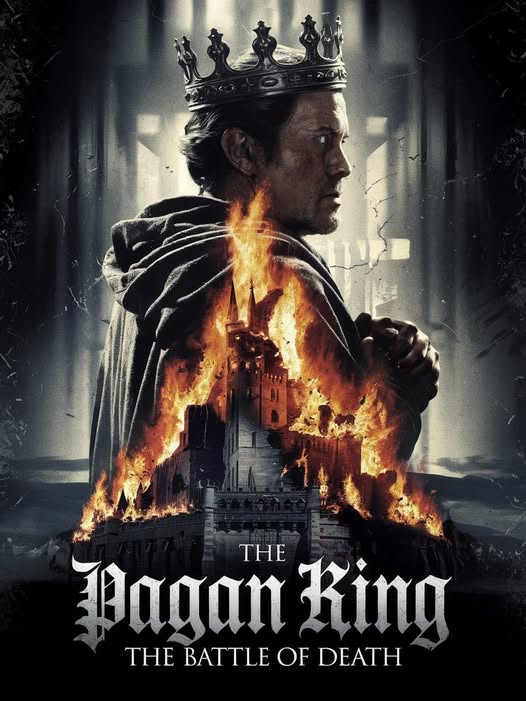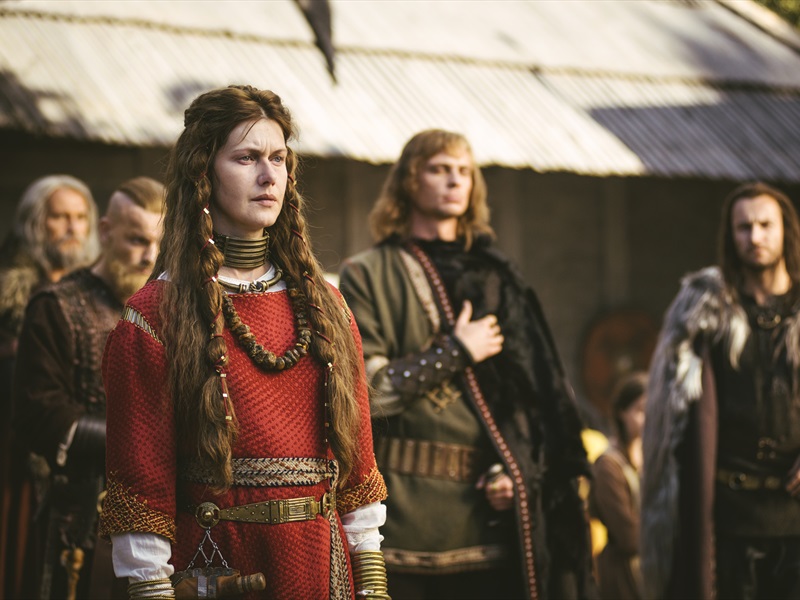The Pagan King: The Battle of Death (2018)

The Pagan King: The Battle of Death (2018) is a gripping historical drama that transports viewers to medieval Europe, where pagan rituals, tribal warfare, and political intrigue set the stage for a powerful narrative. Directed by Alexey Andrianov, the film follows Prince Luan, a young ruler torn between his duty to protect his people and the immense political pressures from both his own court and external forces. This exploration delves into the themes of leadership, power, and sacrifice in The Pagan King: The Battle of Death, highlighting the film’s fusion of historical accuracy and mythological elements to create a compelling and multifaceted story.

Historical and Mythological Context
Set in the 13th century within the pagan kingdom of Semigallia, now part of modern-day Latvia, the film is set during a period when the Christian Crusades were advancing into pagan territories of Eastern Europe. The Pagan King: The Battle of Death blends real historical events, such as the Livonian Crusade, with mythological elements, creating a narrative that captures the cultural, religious, and ideological clashes of the era.

While the film reflects the historical reality of Christian forces conquering the Baltic pagans, it also incorporates pagan beliefs and traditions, adding a mystical dimension to the story.
Prince Luan, the central character, is inspired by the real-life tribal leaders in the Baltic region who resisted the Christianization of their lands.

However, the film elevates this historical figure with mythological themes, portraying Luan not only as a warrior but also as a figure destined for greatness, deeply connected to the pagan gods and the land. This blend of historical events and mythological symbolism sets the tone for the film, making it a battle not only for political dominance but also for the very soul of the kingdom.











